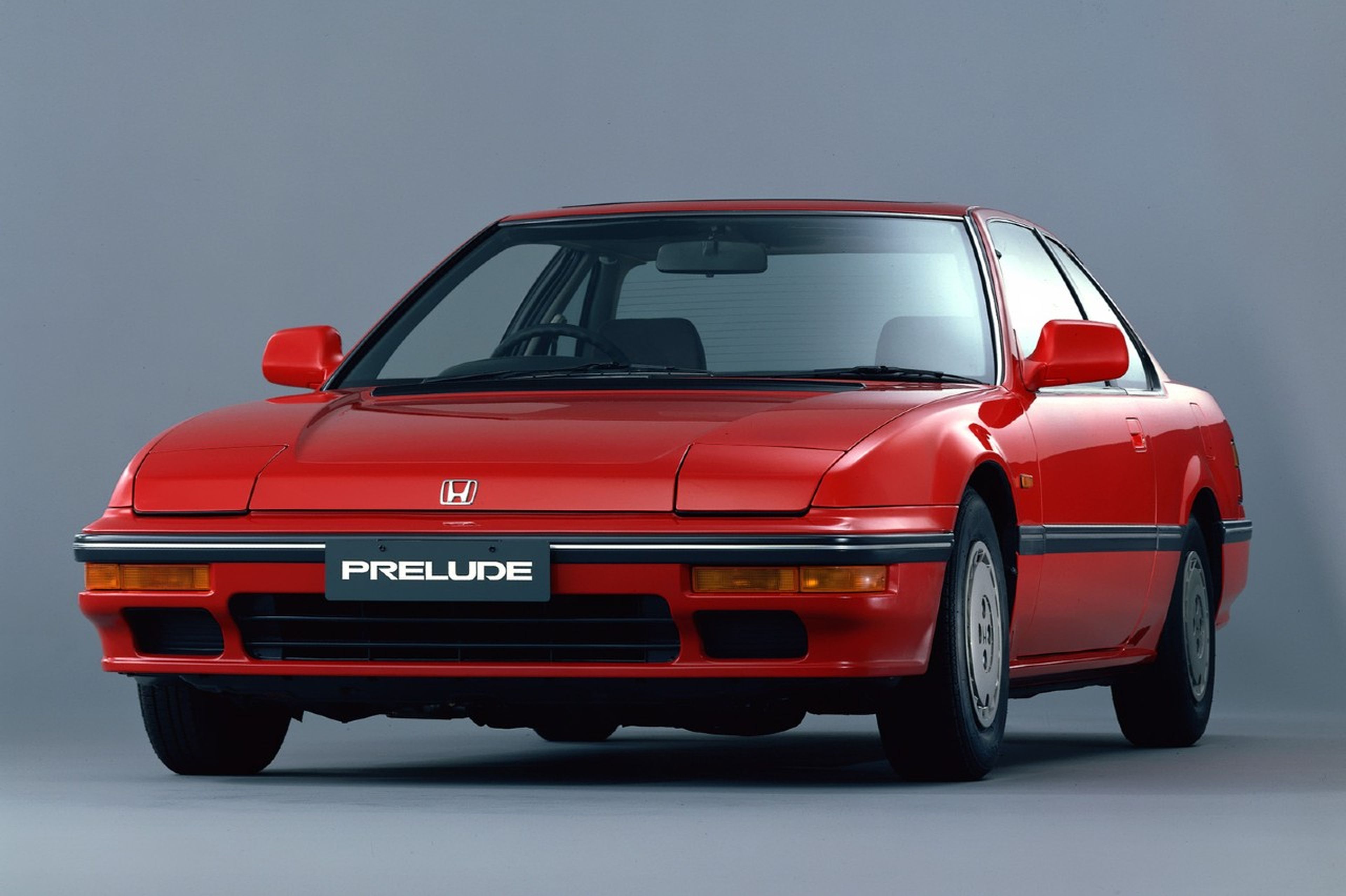Your Honda Accord is not just a vehicle; it’s an investment that should be well maintained, including its rims. Rims are often overlooked when it comes to vehicle upkeep, yet they play a crucial role in your car’s performance and aesthetics. This guide will provide you with essential tips and techniques for maintaining the rims of your 2013 Honda Accord, ensuring they remain in excellent condition for years to come.
Understanding Your Rims
Before diving into maintenance tips, it’s essential to understand the types of rims available for your 2013 Honda Accord. The most common materials used in rims are aluminum alloy and steel.
- Aluminum Alloy Rims: These are lighter and often more aesthetically pleasing, but they can be more prone to corrosion and scratches.
- Steel Rims: Generally heavier and more durable, steel rims are less susceptible to damage but can rust over time.
Understanding the material of your rims will help you tailor the maintenance approach accordingly.
Regular Cleaning
Keeping your rims clean is the first step in maintaining their condition. Dirt, brake dust, and road grime can accumulate quickly, leading to potential damage.
Cleaning Frequency

It is recommended to clean your rims at least once a month, or more frequently if you drive in harsh conditions or on poorly maintained roads. Here are some key steps to follow:
- Use a pH-balanced wheel cleaner to avoid damaging the finish.
- Employ a soft-bristle brush or a microfiber cloth to scrub the rims gently.
- Rinse thoroughly with water to remove all cleaner residues.
- Dry the rims with a clean microfiber towel to prevent water spots.
Special Considerations for Brake Dust

Brake dust is a common issue that can stain your rims over time. To tackle this:
- Use a dedicated brake dust cleaner, which is formulated to break down stubborn grime.
- Apply the cleaner and let it sit for a few minutes before scrubbing.
- Rinse thoroughly to ensure all residue is removed.
Inspecting for Damage
Regular inspections of your rims can help catch problems early before they escalate. Here are some signs to look for:
- Visible cracks or bends in the rim.
- Corrosion or peeling paint, particularly on aluminum rims.
- Unusual vibrations while driving, which could indicate a bent rim.
If you notice any of these issues, it’s crucial to consult a professional mechanic. Ignoring rim damage can lead to more significant problems, including compromised safety.
Protecting Your Rims
Protection is key to maintaining the appearance and functionality of your rims. Here are some techniques to consider:
Applying a Protective Coating
A protective coating can help shield your rims from dirt, grime, and the damaging effects of brake dust. Consider the following options:
- Wax: Regularly applying a high-quality automotive wax can provide a protective layer against contaminants.
- Sealant: A polymer sealant can offer longer-lasting protection compared to traditional wax.
Using Rim Covers
If you live in an area with harsh weather conditions, you might consider using rim covers. These can protect your rims from road salt in winter and UV rays in summer.
Managing Tire Pressure
Proper tire pressure is crucial not only for tire health but also for the rims. Under-inflated tires can lead to excessive wear and tear on your rims.
- Check the tire pressure monthly, using a reliable gauge.
- Refer to your vehicle’s owner manual for the recommended tire pressure.
- Inflate tires to the recommended pressure, particularly before long trips.
Seasonal Considerations
![]()
Seasonal changes bring different challenges for rim maintenance. Here’s how to adjust your approach:
Winter Maintenance

In winter, road salt and snow can cause corrosion. Here are some tips:
- Wash your rims more frequently during winter months.
- Consider using winter tires with steel rims, as they can withstand harsh conditions better.
Summer Maintenance

In summer, UV rays can fade the finish on your rims. To combat this:
- Apply a protective coating at the beginning of summer.
- Keep your rims clean to prevent dirt buildup from the heat.
Case Study: Long-term Rim Care
Consider the case of John, a proud owner of a 2013 Honda Accord. He diligently followed a rim maintenance routine that involved regular cleaning and inspections. Over five years, he maintained the aesthetic appeal of his alloy rims and avoided costly repairs by catching minor issues early. In contrast, his neighbor, who neglected rim care, faced frequent wheel alignment issues and had to replace his rims entirely due to corrosion caused by brake dust and road salt.
This comparison illustrates that proactive maintenance can significantly extend the life and appearance of your rims.
Statistics on Rim Maintenance

According to a study by the Automotive Maintenance Association:
- Regular maintenance can extend the life of rims by up to 50%.
- Vehicles with well-maintained rims experience 30% fewer tire-related issues.
These statistics underscore the importance of rim maintenance not just for aesthetics but for overall vehicle performance and safety.
Maintaining the rims of your 2013 Honda Accord is a crucial element of vehicle care that can enhance both safety and aesthetics. By following the tips outlined in this article—such as regular cleaning, inspecting for damage, protecting your rims, managing tire pressure, and adapting your maintenance for seasonal changes—you can ensure that your rims remain in top condition. Remember, a little effort in rim maintenance goes a long way in preserving the value and performance of your vehicle. Start today, and give your Honda Accord the care it deserves!